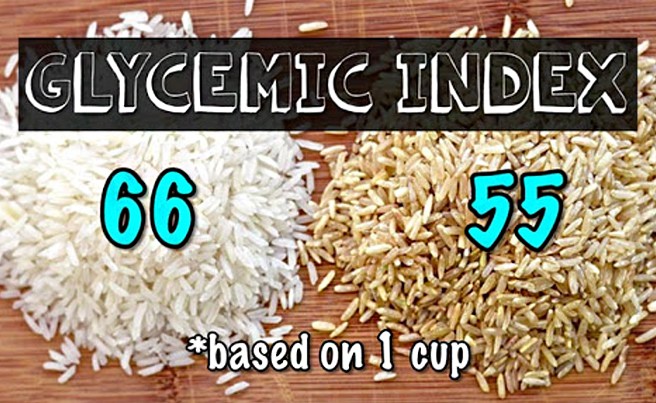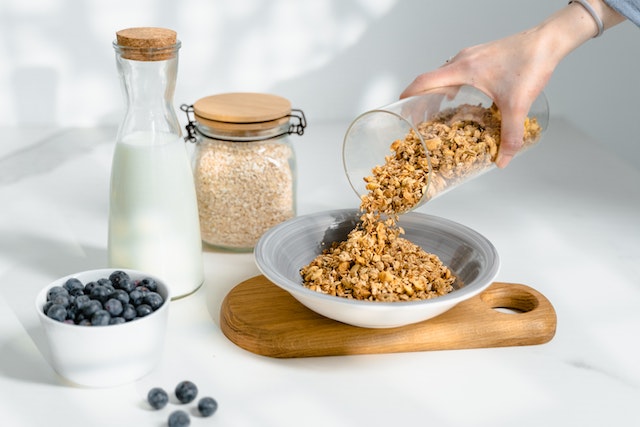Texture is an important aspect of food, and it can greatly affect a person’s dining experience. The texture of a food can evoke different emotions, memories, and preferences. In American cuisine, there seems to be a preference for certain textures, especially in diners. This phenomenon is known as the “texture wars,” and it has been a topic of discussion in the culinary world.
Many American diners seem to prefer foods with a crispy, crunchy, or fried texture. This preference can be seen in the popularity of foods like French fries, fried chicken, onion rings, and crispy bacon. These foods are often seen as comforting and satisfying. However, this preference for crunchy and crispy textures can limit the variety of textures that people are exposed to.
One theory behind the texture wars is that people in the United States are conditioned to prefer these textures from a young age. Many popular American snacks, such as chips and crackers, are crispy and crunchy, and these snacks are often given to children as snacks. As a result, people develop a preference for these textures and seek them out in their meals.
However, this preference for crunchy textures is not universal. In many other cultures, soft and chewy textures are highly prized. For example, in Japanese cuisine, mochi (a sticky rice cake) and tofu are highly valued for their soft and chewy texture. In Korean cuisine, foods like rice cakes and jelly noodles are also popular for their chewy texture.
The texture wars also have implications for health. Fried and crispy foods are often high in fat and calories, and consuming them frequently can lead to health problems like obesity and heart disease. In contrast, foods with softer textures, like fruits and vegetables, are often lower in calories and higher in nutrients.
To combat the texture wars, some chefs and food scientists are working to create new textures and flavor combinations that appeal to a wider variety of people. For example, sous vide cooking (cooking food in a vacuum-sealed bag in a water bath) can create a tender and juicy texture in meat. Using alternative cooking methods like steaming or poaching can also create softer textures in vegetables.
In addition, chefs are experimenting with new ingredients to create unique textures. For example, tapioca starch can be used to create a chewy texture in foods like boba tea and pudding. Molecular gastronomy techniques like spherification can also create interesting textures in foods like caviar and foam.
Overall, the texture wars in American cuisine are a reflection of cultural preferences and conditioning. However, chefs and food scientists are working to expand the variety of textures in American cuisine, which can lead to healthier and more diverse eating habits. By exploring new textures and flavor combinations, diners can break out of their comfort zones and discover new and exciting dining experiences.










